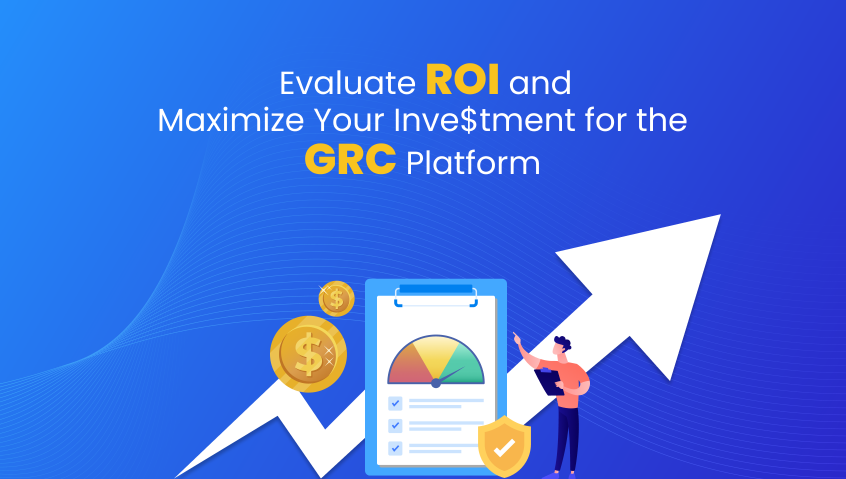GRC Platform
Organizations today face a complex web of regulatory compliance, risk management, and strategic objectives. To navigate this landscape and succeed, a comprehensive Governance, Risk, and Compliance (GRC) framework is indispensable. A GRC framework serves as the cornerstone for organizations to establish policies and practices that minimize compliance risk. It focuses on Information Technology (IT) and security GRC solutions designed to harness timely and relevant information related to data, infrastructures, and the ever-evolving realms of virtual, mobile, and cloud applications.
Efficiency is a prized asset in any organization. However, processes like risk assessment, compliance management, and internal audits can become cumbersome and resource-intensive without the support of a GRC software platform. The GRC platform breaks down silos within processes and data, ensuring that organizations can seamlessly comply with regulations while also facilitating the monitoring, measurement, and prediction of potential losses and risk events.
Moreover, a robust GRC platform can assist in managing financial and artificial intelligence (AI)-driven models, elevating IT compliance and controls, and even gauging the impact of regulatory and business requirements on policy frameworks.
The ability to identify, assess, and mitigate risks is a linchpin of effective GRC. GRC empowers companies to establish, automate, and manage risk assessments and risk reduction strategies. It helps organizations to gain key insights for making informed decisions, enabling them to efficiently allocate resources to mitigate potential risks.
GRC framework plays a crucial role in preparing for audits, including those mandated by the Sarbanes-Oxley Act. An effective GRC program provides a framework to instill confidence in compliance and internal/external financial risk reporting, systematically addressing redundant control sets, and ineffective frameworks to mitigate recurring risk concerns. It provides a framework to instill confidence in compliance and internal/external financial risk reporting, systematically addressing redundant control sets and ineffective frameworks to mitigate recurring risk concerns.
Strategic decision-making and the pursuit of a favorable Return on Investment (ROI) are perennial challenges for organizations. In this context, GRC steps in as a strategic ally. Organizations can set and monitor clear objectives, armed with metrics generated from a GRC platform. This data-driven approach empowers them to not only enhance their performance but also improve their ROI significantly.
GRC has emerged as a powerful strategy that unifies governance, risk management, and compliance within organizations. GRC not only streamlines operations but also enhances cybersecurity, enabling data-driven decision-making. It addresses challenges like evolving regulations and increased cyber risks. The GRC Capability Model provides a structured approach to implement GRC, emphasize learning, alignment, performance, and continuous review. GRC tools, such as software, user management, SIEM, and auditing tools, play a pivotal role in ensuring effective GRC implementation. Challenges include change management, data consolidation, a total GRC framework, ethical culture development, and transparent communication. Successful GRC implementation involves defining clear goals, assessing existing procedures, engaging senior leadership, using GRC solutions, testing the framework, and defining roles and responsibilities.
A well-structured GRC framework is a powerful ally in the modern business world. It serves as a linchpin for establishing policies and practices to minimize compliance risk, enhancing efficiency, mitigating risks, and strategically supporting performance and ROI. Embracing a robust GRC framework is a necessity for organizations to thrive, adapt, and excel in today's competitive business environment.
Governance, Risk, and Compliance (GRC) plays an indispensable role in t


